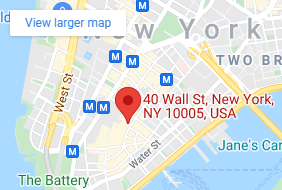Intragastric balloons were designed to be a less dangerous alternative to existing medical weight loss procedures. “Lap bands,” gastric bypasses, and other existing options had a high incidence of side effects, and were even linked to a number of deaths from perforated stomachs. Due to being noninvasive, the hope was that gastric balloons would not carry the same risk profile as these previous treatments.
Unfortunately, those hopes seem to be dashed. The FDA has issued a letter in response to 12 deaths caused by gastric balloons in the last few years, the third letter released in the last three years. Since 2016, a dozen people have died after a gastric balloon procedure, mostly due to gastric perforation within days to weeks of the procedure being performed. In multiple cases, death occurred within three days of the procedure.
A gastric balloon works by temporarily reducing the amount of space in the stomach, causing the patient to feel “full” more quickly, thereby decreasing the amount of calories consumed. The balloons are inserted empty, and then filled with saline or gas, with the expectation that even if a leak occurs the contents of the balloon are non-toxic. Since their very inception, the potential for long-term harm has been recognized, and gastric balloons are only approved for short-term intervals of six months or less.
If you or someone you love has suffered due to a medical weight loss procedure, it is important that you hold the manufacturer responsible for any defects in design, and that you hold the medical professional who performed the procedure responsible for any negligence. Please, consult with an experienced attorney regarding your case.




























